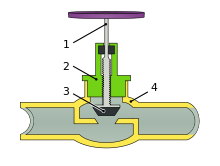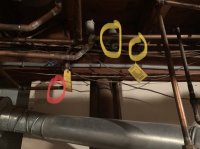mrm143
Member
Good morning everyone and thanks in advance.
I am a di’yer who can pretty much fix anything but I’m coming to the end of the line with this problem and need some help.
Well McLain cg-6-spdn
The PRV is dripping/purging every few days
I have already replaced the #30 tank
Turned off the makeup water fill valve totally off so no extra water can get to the system at all
Circulator is only a few years old I replaced it already
Verified pressure in expansion is 12 PSI even experimented with different pressures to see the reaction.
Bled all the radiators and even turned off one of the 3 zones because it’s a Basement with no bleeders with PEX so I need to install one. But again this zone is out of the loop right now.
I originally replaced the expansion tank 2 weeks ago due to this issue and it did have water coming out of the fill valve so I knew it was bad
Still every few days the pressure hits 29/30 and the valve dumps.
I’m pretty handy but can’t figure out what else it could be
I am a di’yer who can pretty much fix anything but I’m coming to the end of the line with this problem and need some help.
Well McLain cg-6-spdn
The PRV is dripping/purging every few days
I have already replaced the #30 tank
Turned off the makeup water fill valve totally off so no extra water can get to the system at all
Circulator is only a few years old I replaced it already
Verified pressure in expansion is 12 PSI even experimented with different pressures to see the reaction.
Bled all the radiators and even turned off one of the 3 zones because it’s a Basement with no bleeders with PEX so I need to install one. But again this zone is out of the loop right now.
I originally replaced the expansion tank 2 weeks ago due to this issue and it did have water coming out of the fill valve so I knew it was bad
Still every few days the pressure hits 29/30 and the valve dumps.
I’m pretty handy but can’t figure out what else it could be



